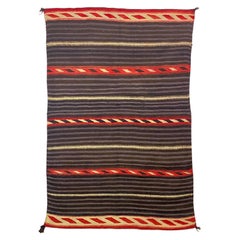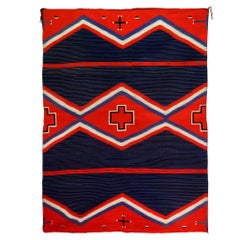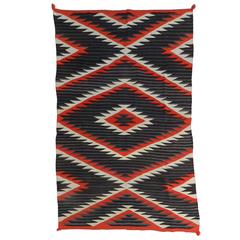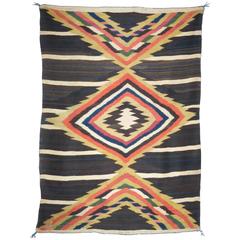Moki Blankets
Antique Late 19th Century American Navajo North and South American Rugs
Wool
Antique 1890s American Native American Quilts and Blankets
Wool
Recent Sales
Antique Late 19th Century American Navajo Native American Objects
Wool
Antique Late 19th Century North American Navajo Tapestries
Wool
People Also Browsed
2010s Italian Greek Revival Benches
Leather, Walnut
Mid-20th Century Italian Bauhaus Lounge Chairs
Chrome
20th Century American Armchairs
Chrome
2010s Spanish Modern Side Tables
Ceramic, Earthenware, Stoneware
Vintage 1950s Italian Mid-Century Modern Bookcases
Aluminum
Vintage 1950s French Coffee and Cocktail Tables
Wood
Antique 15th Century and Earlier Peruvian Pre-Columbian Antiquities
Textile
Antique 15th Century and Earlier Peruvian Pre-Columbian Antiquities
Textile
Antique Late 19th Century American Country Pillows and Throws
Cotton
Late 20th Century Italian Modern Dinner Plates
Porcelain
Antique 1880s American Native American Native American Objects
Fur
Antique 1830s English George IV Fireplaces and Mantels
Brass
Vintage 1980s Italian Post-Modern Wardrobes and Armoires
Glass, Walnut
2010s British Louis XVI Sofas
Beech
Vintage 1940s French Art Deco Sideboards
Bronze
Vintage 1960s French Mid-Century Modern Coffee and Cocktail Tables
Oak
A Close Look at Native-american Furniture
Native American broadly describes any Indigenous people in North America and encompasses hundreds of tribes and groups, all with distinct cultures. Native American–style furniture and decor likewise varies widely, from pieces created by Indigenous people to those appropriated by non-native designers.
Indigenous furniture’s rich heritage includes the bentwood boxes of the Northwest Coast carved from cedar for storing household or ceremonial objects. Generations of Native American people have made baskets for holding household items, with those in the Northeast using sweetgrass and those in the Southeast using pine needles and wicker. Artisans in the Plateau region wove watertight pieces like cradles from plant materials. Although these objects were intricately made, they were usually utilitarian rather than decorative.
The colonization of North America and the removal of Indigenous people from their lands led to the suppression of these practices. Many styles that used Native American motifs — such as Southwestern style, which was heavily influenced by the geometric patterns of Navajo textiles — have historically not involved Indigenous creators and, instead, have taken their traditions without their tribal context.
When decorating a home with Native American–style furniture, it is important to do so respectfully, by understanding the origins of motifs and objects and examining who profits from their sale. There are now Indigenous-led companies, such as Cherokee designer Cray Bauxmont-Flynn’s Amatoya and Totem House Design, promoting Indigenous work in furniture and home decor. Supporting Indigenous artists and artisans is essential to confronting the still pervasive issue of cultural appropriation in design.
Find a collection of Native American living room furniture, folk art, rugs and carpets, decorative objects and other items on 1stDibs.



